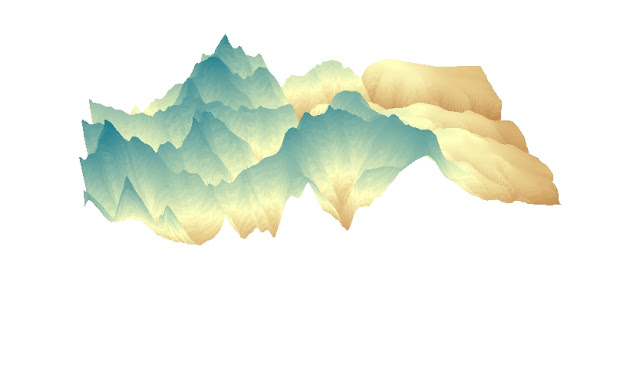Lab 8 Census 2000/2010
The first map I created is called Percent Asian Population. From the map, we can see that the majority Asian people are concentrated in the West Coast of United States, especially California. There is a relative higher percentage of Asian population in the East Coast cities, like New York. Recently, as more Asian immigrants started to move into cities like Chicago, Washington D.C., Boston and Atlanta.
The second map is called the Percent Black Population. The map clearly shows that the Black people primarily live in South East part of the US. Most live in States, such as mississippi, Alabama, Georgia, North and South Carolina and Tennessee. A few live in Southern California and Washington as well. The legacy of South America is a significant factor of Black demography.
The last one is the map of Percent of other race alone. The State of California Arizona, Texas and New Mexico have the highest percentage of different races in the US. And those places are along the coastal line. The North Eastern part of the US. are still dominated by White population. Overall, the majority of immigrants are Asians, Latinos and Blacks.
I was surprised about how ArcGIS can create maps based for different purposes. Through graphic depiction of U.S. Census data, people and government can better share the information provided by the maps. The census map not only tells us how the races are distributed, but it also interconnects with American history. Immigration and Civilization all contribute to current census demography. Asian people concentrate in the East and West coasts, and black people are more gathered in the South. Before doing the tutorial, I was totally lost about how to finish the assignment, because we have to use selected population data. But after carefully following the instruction and using all the techniques I have learned from previous labs, I eventually figured out how to do the lab and finished it really quickly. The skill of creating maps is really helpful and everyone can benefit from it.
Geography 7 informed me a lot about Geographic Information Systems. Although it may be challenging at the beginning, but it is definitely rewarding to learn the skill of creating maps. This sill allows me to design massive programs, different types of maps and inputting various databases. Sometimes when I am confused about the lectures, I was able to have a better understanding after the weekly discussion, because I had opportunities to learn GIS by hand on hand operations. Before taking this class, I thought map creators are geniuses, because the map creating process seems like a rocket project to me. But after 8 labs, I found myself to be a genius since I learned the skill of creating maps for my own preferences. I really appreciate this class and GIS because it not only taught me more geographic knowledge but it also allowed me to generate maps with various databases.










